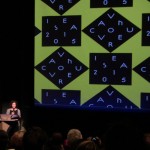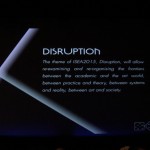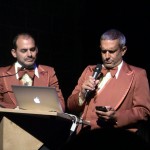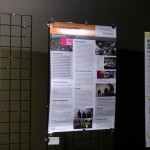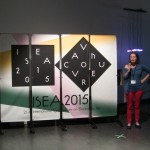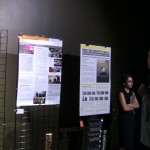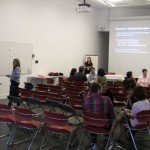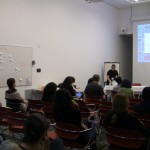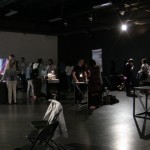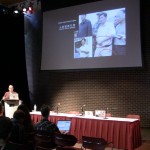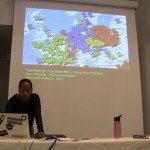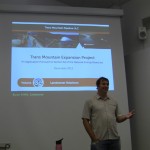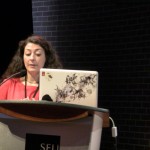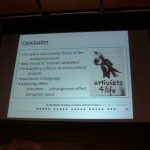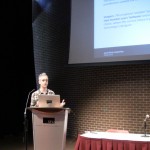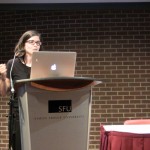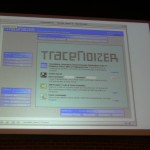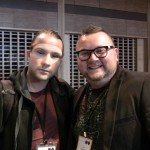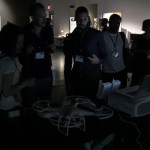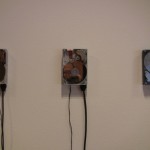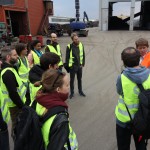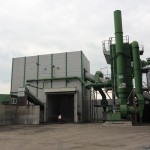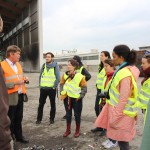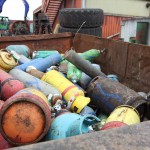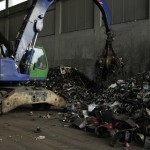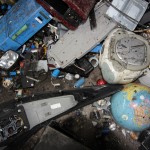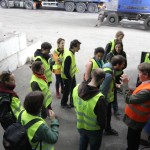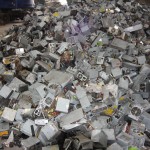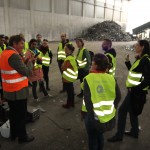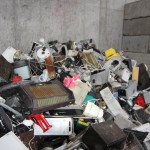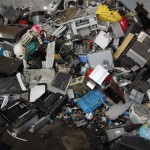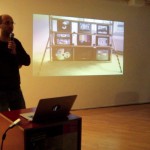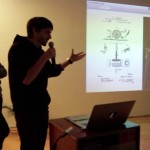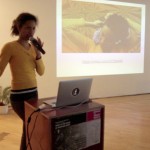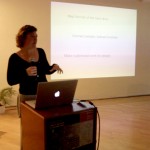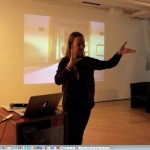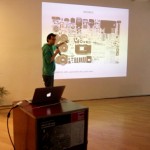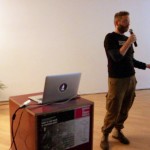In August we participated in the ISEA 2105 conference in Vancouver, Canada. The theme of this years ISEA was Disruption and as keynote speakers amongst others the Yes Men who were promoting their new film: Yes Men are Revolting
Maybe one of the most disruptive actions took place during the Yes Men keynote when young activist where questioning the connections of Simon Frasier University (the host of the conference) to a plan to build a new Trans Mountain pipeline to transport crude oil. With the help of the Yes Men in a selfie style video the activist got the whole ISEA crowd to say no to the pipeline.
The Yes Men – ISEA 2015 Keynote – #NoFuckingPipelines Is The New #KMFace from Jakub Jerzy Markiewicz on Vimeo.
We were also busy presenting the ‘Behind the Smart World’ project as a poster/artist talk in one of the sessions to present ongoing works and processes. It was a interesting 2,5 h during which people came and asked questions about our project after a short presentation we did for the whole audience. The poster paper is available here:“Behind the Smart World: 22 harddrives from a West African e-waste dump. While we had a chance, as KairUs, we also organized a 419-fiction workshop, made a demo presentation of our work ‘Let’s Talk Business’ and Andreas presented a long paper which is part of his PHD.
From our perspective the conference could have been more disruptive, but some highlights were Carmin Karasic workshop”Hacktivism Seeds for Discourse” with Byron Smith explaining his concerns about the Kinder Morgan Trans Mountain pipeline expansion that was to bisect his farm. Afterwards in a role play we tried to understand the perspectives of the government, the general public and how net activists could play a role i this. Also talks in the GeoPolitics and Activism session (e.g. Tugce Oklay. An Aesthetic Reading of Online Artivist Projects, Tomas Laurenzo. Geopolitical Subjectivity, and of course Andreas) and in the Surveillance session (e.g. Annina Rüst. Participatory (Counter-) Surveillance and the Internet, and Leo Selvaggio. URME Surveillance: Analyzing Viral Face-crime) were very interesting. One of the most rewarding things about conferences are that one can get to know people behind interesting projects that deal with similar issues as ones interests are. And therefore we hope that both Leo Selvaggio’s URME Surveillance project as well as Emilio Vavarella’s Google Trilogy will make it as a part of the Behind the Smart World -publication. And of course at the main ISEA exhibition at the Vancouver Art Gallery we could spot one work with hard-drives: Error 404 502 410 by Marcelina Wellmer.
(images starting left Carmin Karasic, Byron Smith, Tugce Oklay + presentation slide, Tomas Laurenzo, Annina Rüst + presentation slide, Andreas wearing Leo’s face & Leo Selvaggio, Emilio Vavarella at a demo session and Error 404 502 41)

